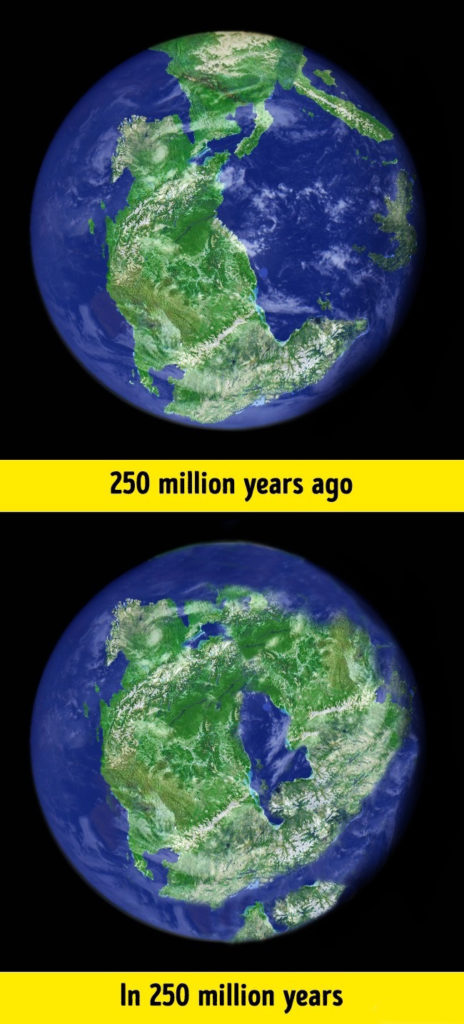We think we know everything about our planet, but we couldn’t be more wrong. Scientists have already discovered a lot about the Universe, but they believe that there is still much more to discover about one particular planet.
We at Creative Sides were so surprised to discover amazing things on Earth that we decided to share them with you right away.
Most Interesting Facts About Our Planet
11. Mount Everest Is Not The Highest Mountain In The World
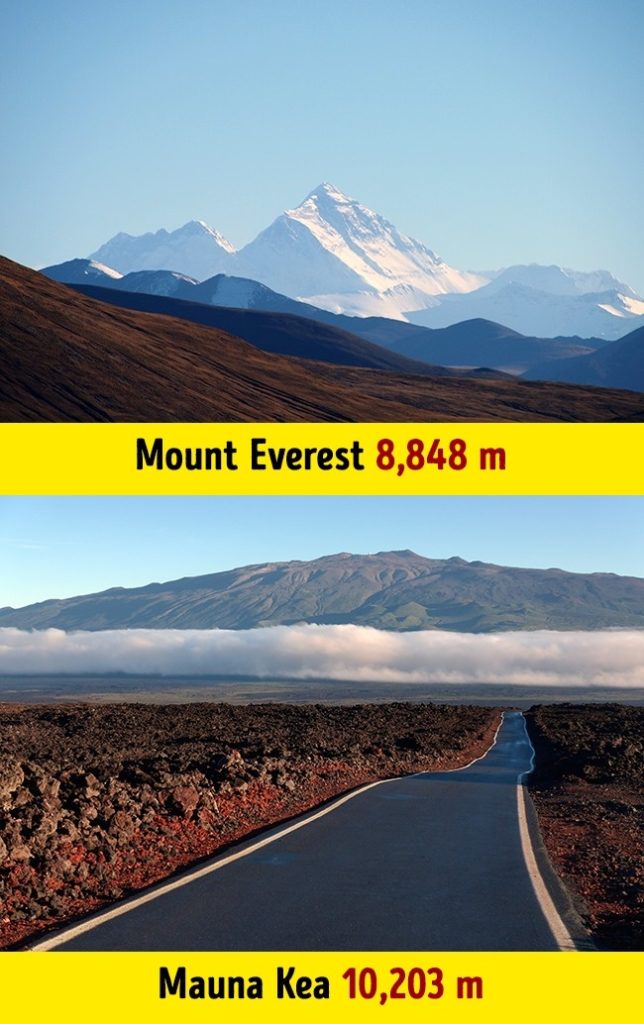
The Hawaiian Mauna Kea has an altitude of 4,205 m above sea level. However, most of the volcano is below sea level. Therefore, if measured from the base to the top, the Mauna Kea is 10,203m high, 1,355m higher than Mount Everest.
10. Earth’s Atmosphere Has Borders
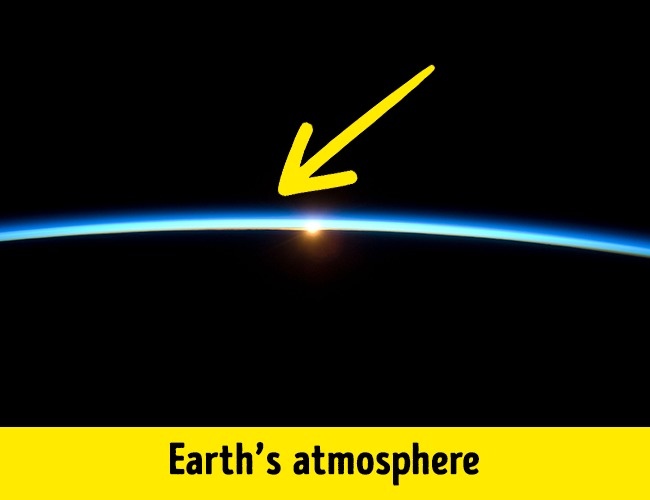
The Kármán line is an internationally accepted line at an altitude of 100 km above sea level. Although the level of Earth’s atmosphere ends much higher, this same line has been recognized by the World Federation of Air Sports as the border between the atmosphere and outer space
9. The Driest Place In The World Is In Antarctica

In general, it is believed that the driest place on Earth is the Atacama desert in Chile, which has not rained for thousands of years. But McMurdo’s dry valleys in Antarctica have seen no rain in nearly 2 million years. The winds here can reach speeds of 320 km / h.
8. Freshwater Represents Only 3% Of All Water On Earth
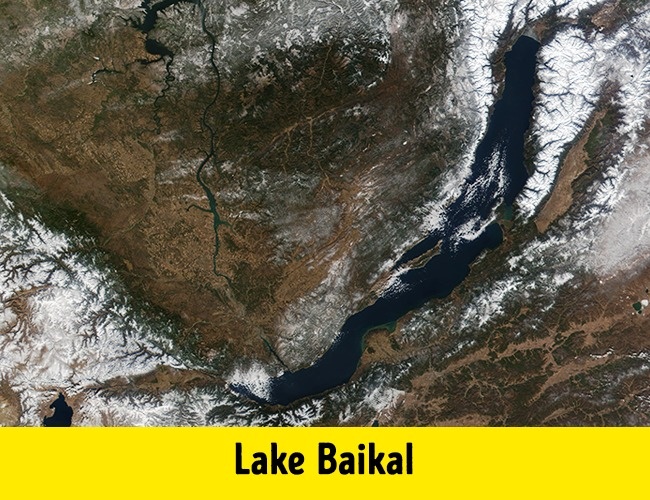
The oceans and seas retain 97% of the Earth’s water, but it is salty ocean water, not suitable for consumption. The remaining 3% of the total freshwater is kept in glaciers (70%) and in Lake Baikal (20%).
7. The Oldest Temple In The World Is About 12,000 Years Old
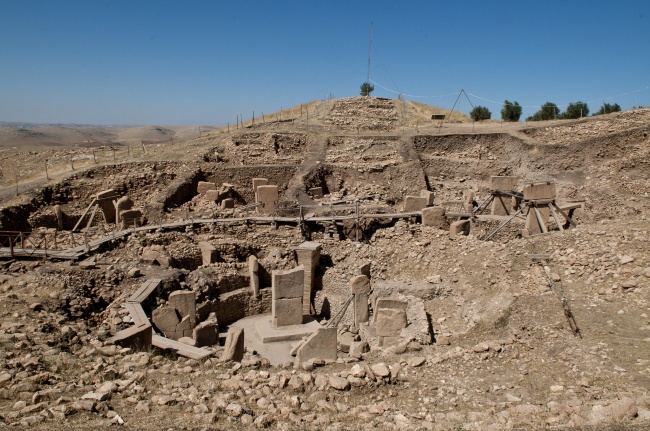
Göbekli Tepe, the oldest known temple, is located in southern Turkey. The researchers believe that the sculptures on the pillars demonstrate that, approximately 11,000 years ago, a comet strike caused a sudden drop in temperature on our planet.
6. The Moon Was Once Part Of The Earth
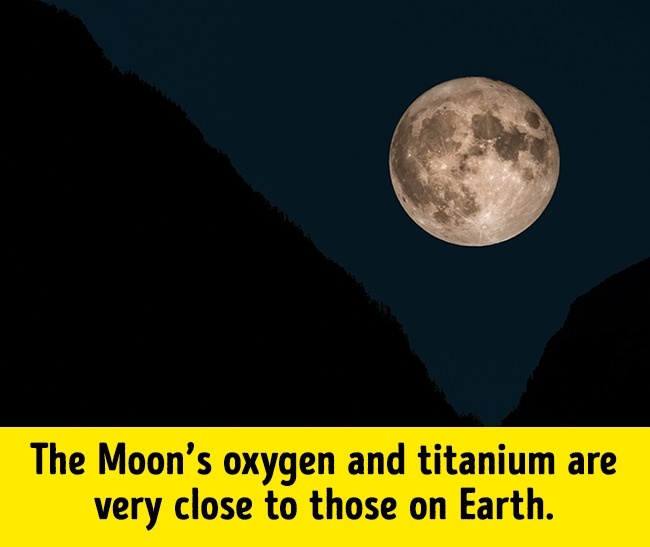
Swedish scientists suggest that 4.36 billion years ago, planet Earth collided with the hypothetical planetary-mass object Theia, leading to the formation of Earth’s only permanent natural satellite.
5. In 250 Million Years, The Continents Will Reunite
As we know, Pangea, a supercontinent that existed between 335 and 175 million years ago, divided into two different continents, forming Laurasia and Gondwana. Later, the two separated to form the seven continents.
But scientists believe that the continents will meet 250 to 300 million years from now and become a single supercontinent called Pangea Ultima.
4. A Single-celled Organism Caused The First Mass Extinction
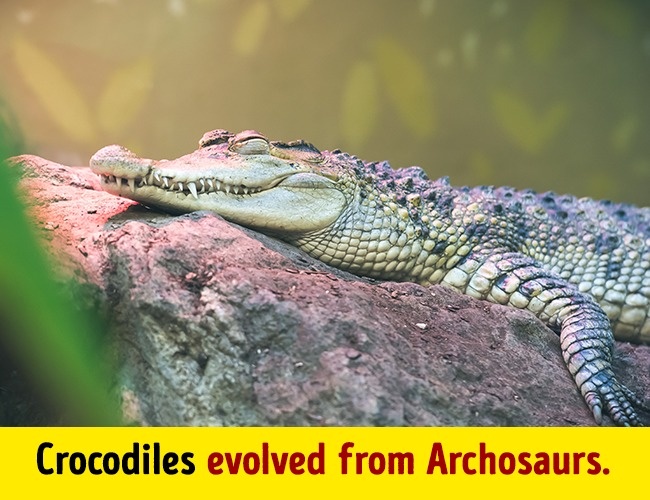
Scientists at the Massachusetts Institute of Technology suggest a theory that explains the mass extinction that destroyed almost 90% of all living things on Earth.
A bacterium called Methanosarcina suddenly flourished in the oceans 252 million years ago, causing the only mass insect extinction known to science. It also gave archosaurs a unique opportunity to evolve.
3. Most Of Our Planet Always Lies In The Dark
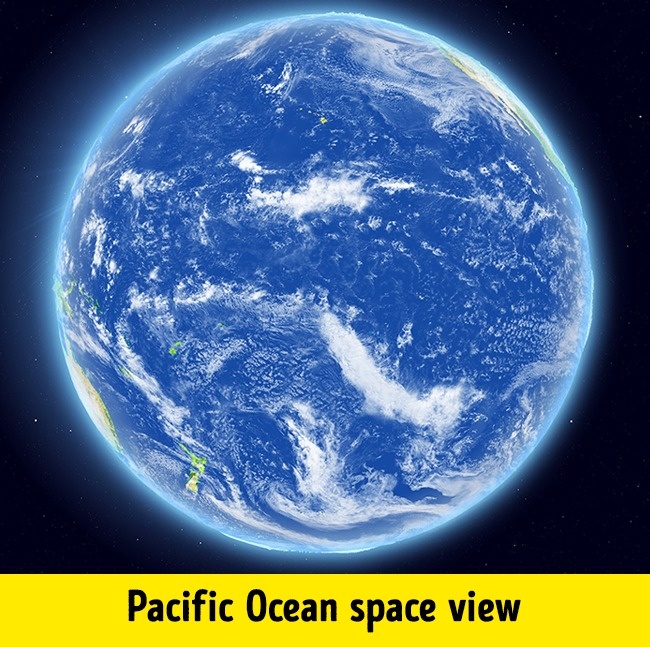
As we know, the World Ocean occupies 71% of the surface of our planet. The depth of the water exposed to sunlight does not exceed 200 m, so the rest of the water is permanently in the dark. Therefore, most of our planet rests in darkness at any time of the day.
2. Neighboring States May Have A 24 Hour Time Difference
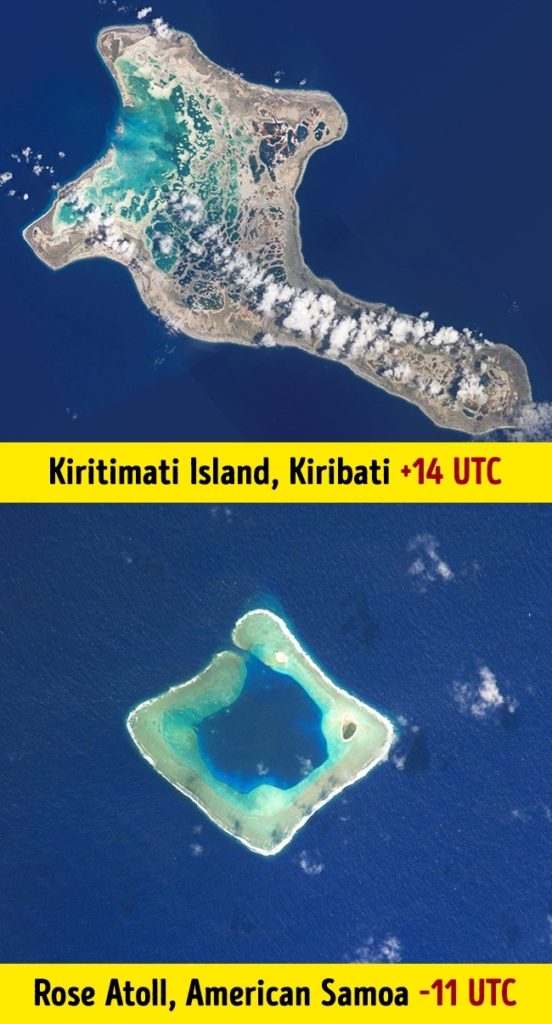
Although American Samoa is only 2,000 km from the Line Islands that are part of Kiribati, the time difference between the two neighbors is 25 hours.
1. New Continent

Garbage patches, or garbage vortices, are patches of debris and cargo lost from ships and collected at sea. It is speculated that one day the garbage left by all humanity in the ocean will form a kind of island, perhaps even a new continent. The largest trash vortex now is the Great Pacific Garbage Patch.
Preview photo credit depositphotos
